Decorative pillows are an integral part of the interior design in the house, if there is a sofa or bed in the living space. Whether it is a balcony or loggia for relaxation, a kitchen with a soft corner or a living room, soft accessories are necessary to add lightness and comfort to this space. Sewing pillows for a sofa with your own hands is not difficult if you have the right desire, because sometimes it is very difficult to buy something that will suit the interior. And it is much more pleasant to sit and figure out on your own how to sew a sofa cushion that suits the style of the room and the mood of the owners.
Purpose
A sofa cushion not only has practical functions, but is also part of the decor. There are a number of reasons why you should not neglect the presence of this attribute:
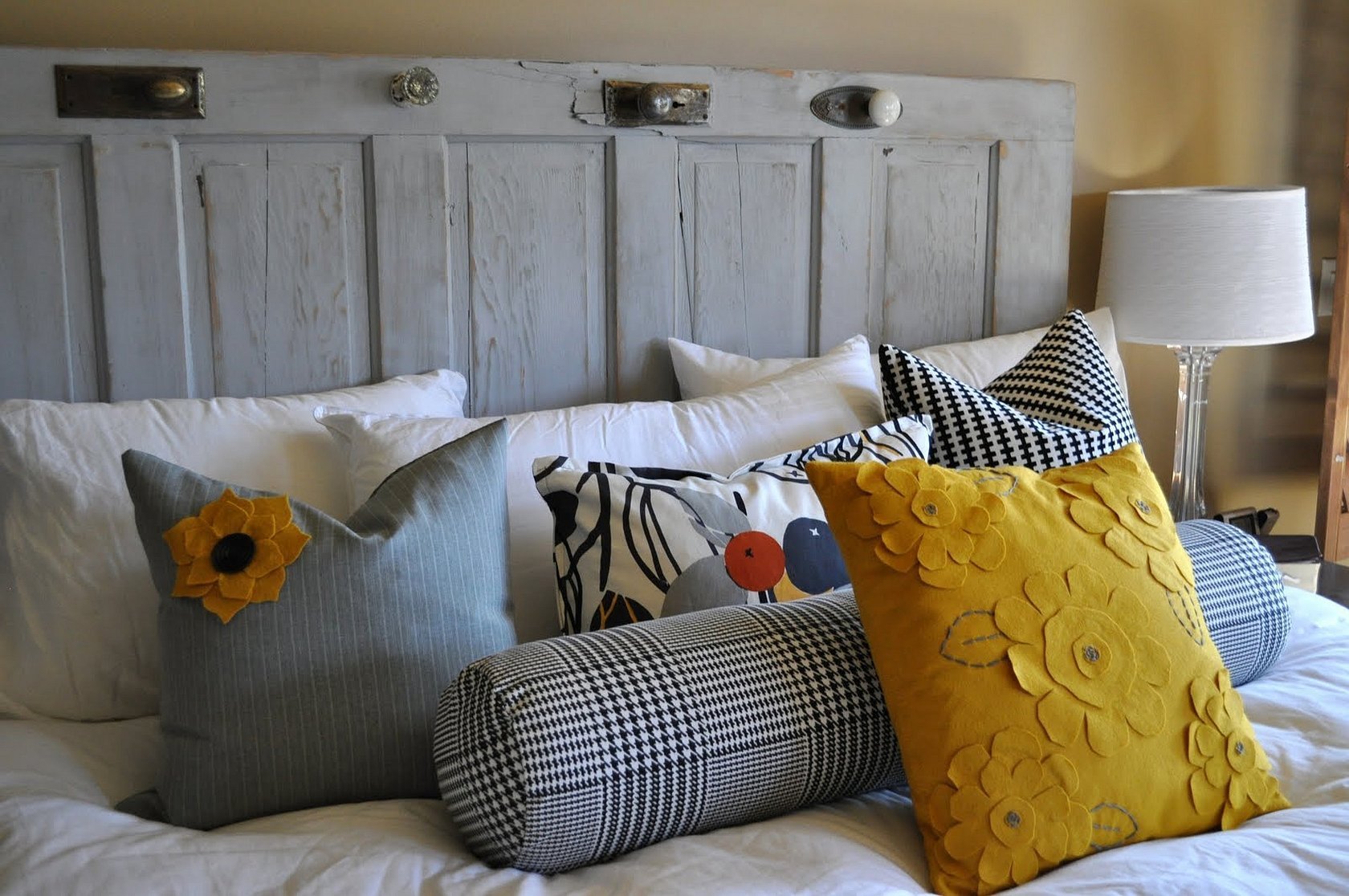
- A well-chosen color scheme of pillows, their shape and size will be able to harmoniously fit into the interior, emphasizing the style and design of the room;
- The originality of accessories with unusual shapes or prints, with hand embroidery or with velour inserts will emphasize the taste of the owner of the house and reflect the individuality of character.
- These attributes allow you to create an unusual and warm atmosphere of comfort in your home;
- A decorative item in the form of a soft toy pillow or animal can hide some flaws in the interior, drawing all the attention to itself.

Additional information! There are practically no downsides to using these attributes if they are chosen tastefully and match the color scheme of the surrounding interior.
Types of pillows
There are an unlimited number of types of pillows, different shapes, sizes and purposes. Dumochka can look not only like a classic pillow, but also like a fairy-tale character, a car or an animal. Several main types used in decor:
- A bolster is a small pillow, also known as a dumka, which is often used not only as an accessory, but also as a soft cushion under the head during daytime sleep.
- Sectional - consists of several voluminous inserts sewn together with ribbed inserts, in appearance it resembles patchwork sewing.
- Turkish - often decorated with money changers and tassels, the shape is slightly oblong, the embroidery on the fabric resembles an oriental ornament.
- Quilted - comes in various shapes: rectangular, oval, round or square. The distinctive feature of such a pillow is the quilted surface of the cover.
- Oxford - is distinguished by an additional stitch laid along the perimeter, which separates the border without stuffing. The piping accompanies the pillow along the entire perimeter.
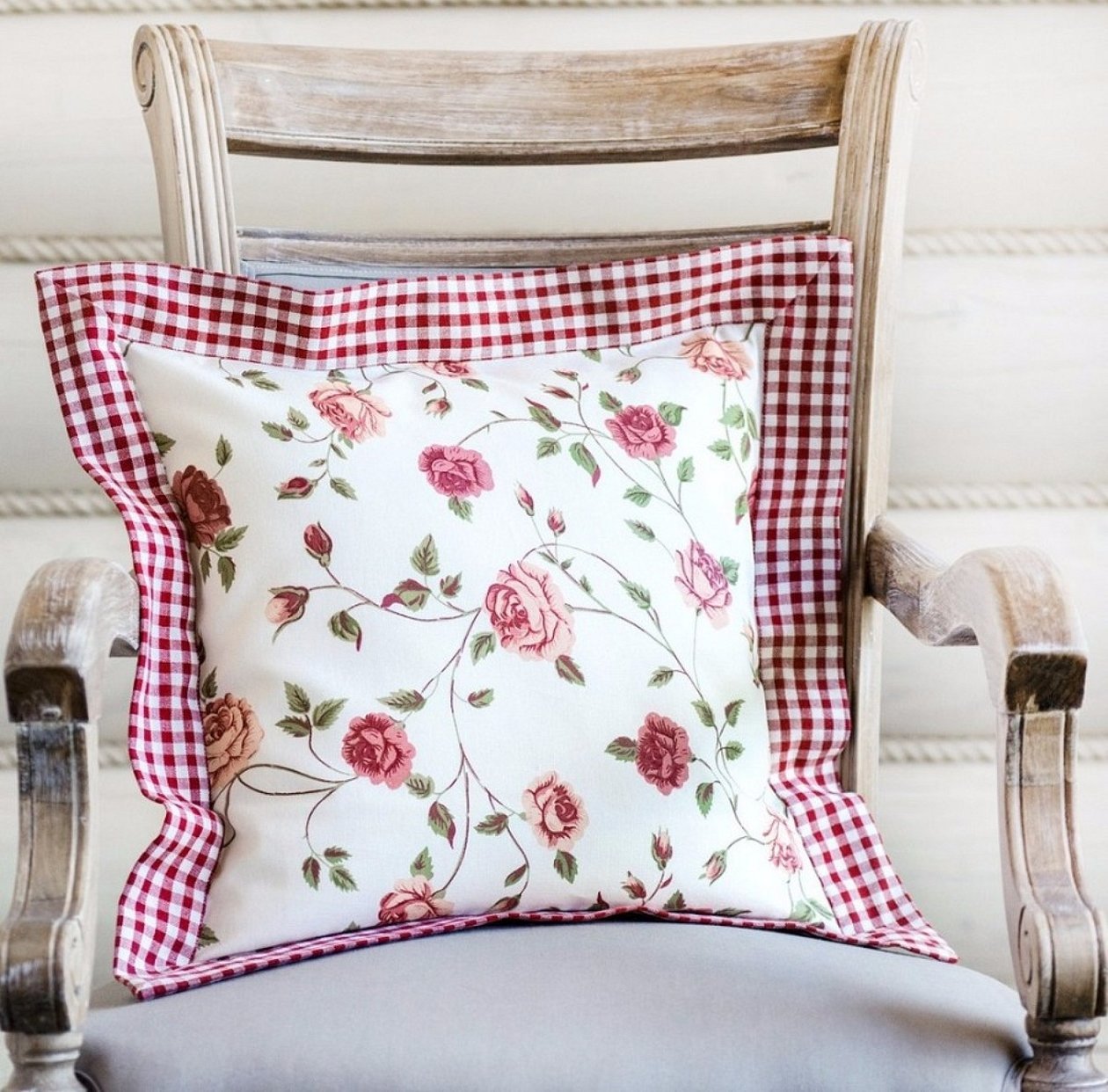
Preparing for sewing
Since soft decorative items are often moved from place to place, dropped, and played with by children, to create them you need to choose durable fabric, safe padding with an elastic texture that does not change its shape under physical impact. Sewing beautiful sofa cushions consists of several stages: choosing the material, selecting the right padding, and sewing directly.
Choosing fabric
The choice of fabric for the pillow is the first and most important step. The main quality of the selected material should be durability. If you still have no idea how to sew a pillow for a sofa with your own hands, then it is best to choose simple fabrics: cotton or chintz. Also often used fabrics: felt, silk, linen, upholstery material or calico. For knitted pillows, it is best to use old knitted sweaters or unnecessary bulky jumpers. An important factor in the material used should be color fastness and texture density, so that the stuffing material does not fall out.
Pros and cons of different types of fabrics
Natural fabrics:
- Chintz fabric is easy to care for, light and breathable texture. Cons: sensitive to high temperatures, can shrink, easily wrinkled and short-lived material.
- Silk - is distinguished by its strength and wear resistance, can be washed at a fairly high temperature (about 110 degrees), a well-breathing material. Cons: easily wrinkled, the price is quite high.
- Linen fabric is hypoallergenic, breathable, and washable. Cons: shrinks quickly and wrinkles very easily, the material itself is a bit stiff.
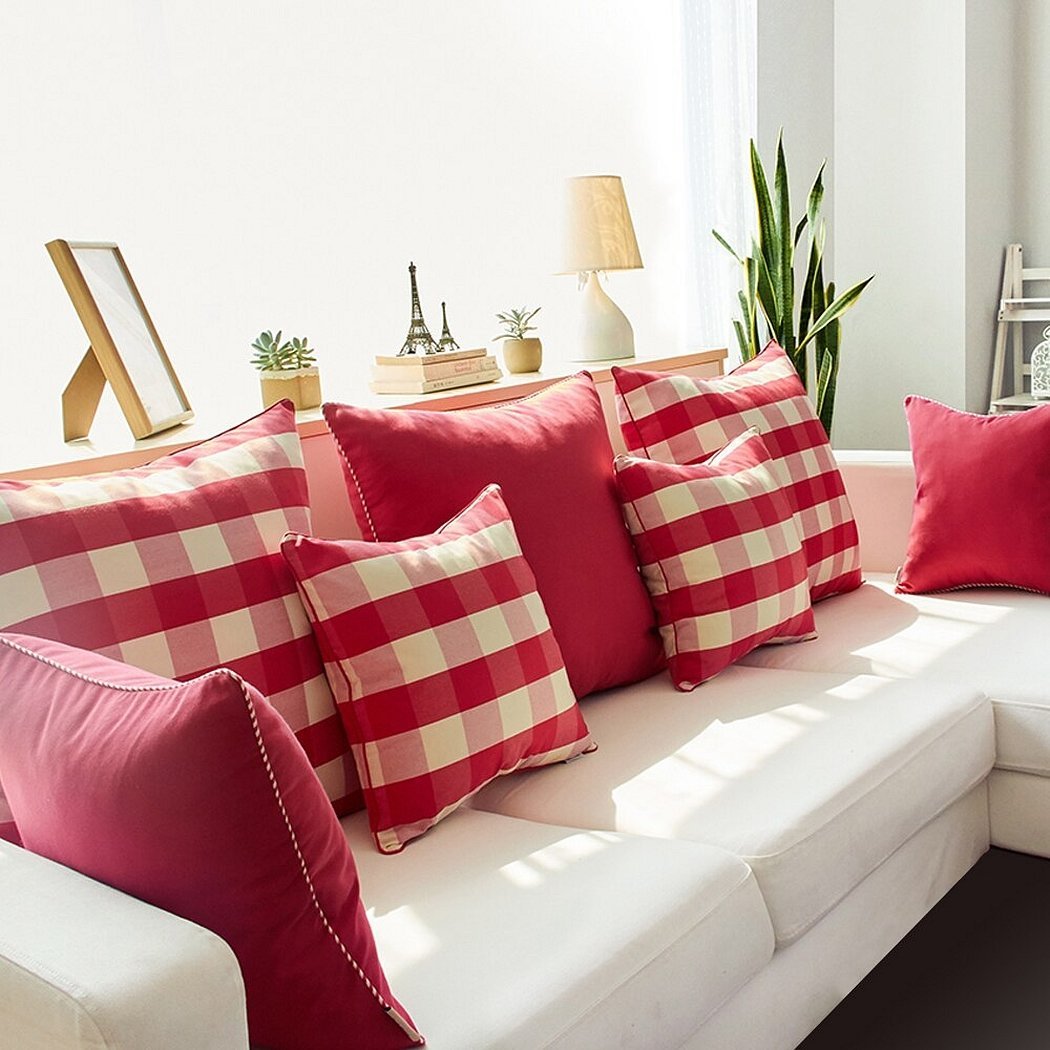
Denim, flannel and felt are fabrics of denser origin, which have their own characteristics:
- Jeans or denim is a breathable and quite durable fabric, the coloring looks very stylish and fashionable, eco-friendly. Cons: very susceptible to fading, hardens and shrinks after washing.
- Flannel is a budget fabric, pleasant to the touch and practical in use, hypoallergenic. Cons: during sewing it crumbles a lot, which causes certain difficulties, while the fabric is absolutely not elastic.
- Felt - no back and front sides, which simplifies its use, a large range of colors, contains 90-100% wool. Disadvantages: pellets may appear after washing, is afraid of high heating temperatures, both during washing and during steam treatment, loses shape if washed incorrectly.
Additional information! When sewing decorative pillows, it is allowed to combine fabrics, one side can be made of linen, and the other of silk. It looks unusual and beautiful. You can also create your own patterns from many scraps of different fabric. This type of needlework is called patchwork.
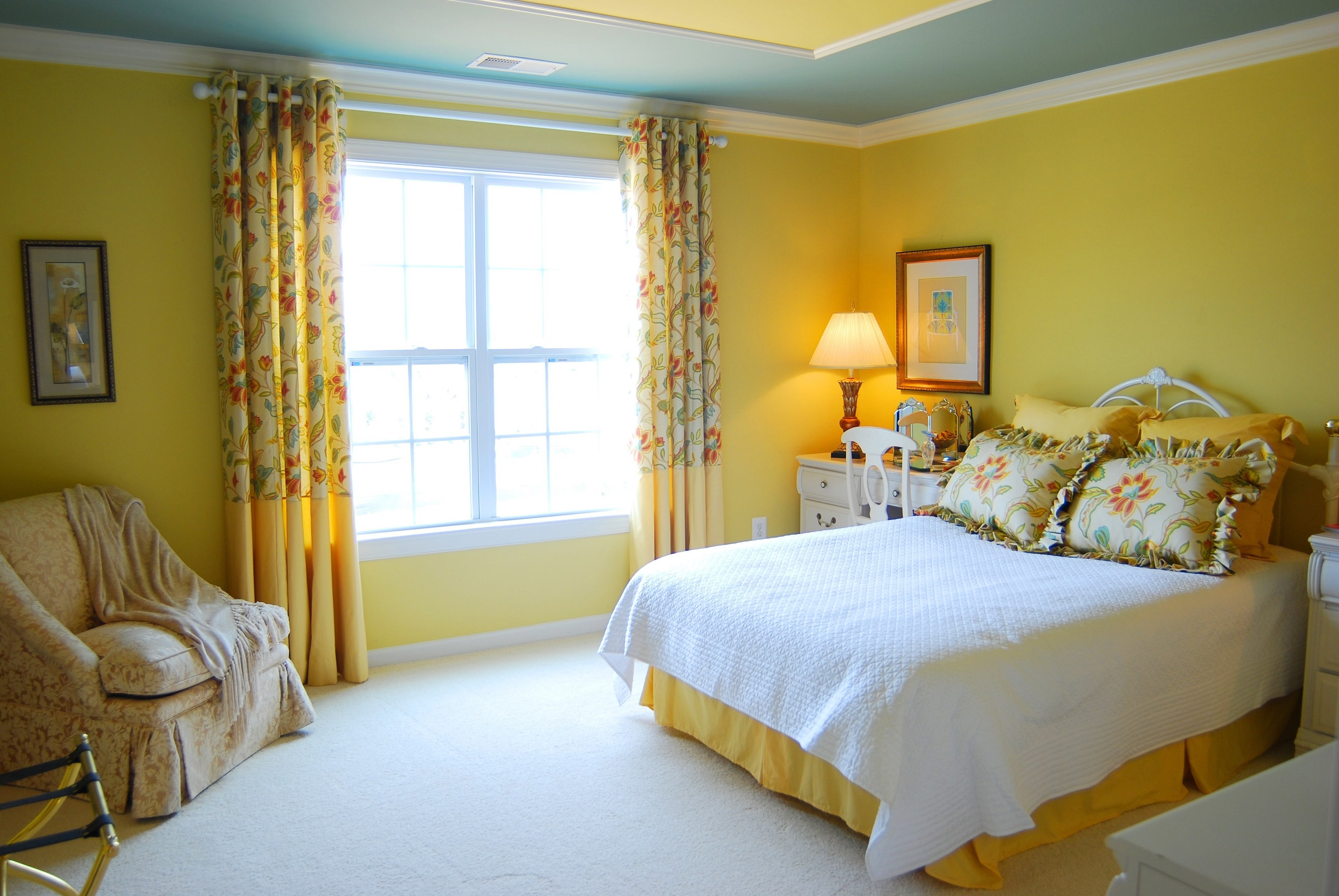
Selecting a filler
Simply sewing a pillowcase is only a small part of the work done, it still needs to be stuffed. There are two types of stuffing:
- Natural filler (plant or animal origin).
- Artificial filler.
The advantages of natural fillers, in this case of animal origin, are a long service life, practically no caking, maintains good sanitary and hygienic properties. The only thing is that such material is rarely used when sewing decorative pillows, since they are not fluffed like sleeping ones. Such fillers include feathers and down.
Fillers of plant origin are often used for medical purposes or for people with certain types of allergies to fluff or synthetics. The stuffing can be: bamboo, medicinal herbs, buckwheat husks or hop cones. Disadvantages: this material has the ability to rot, become damp and even decay, so it requires very careful care.
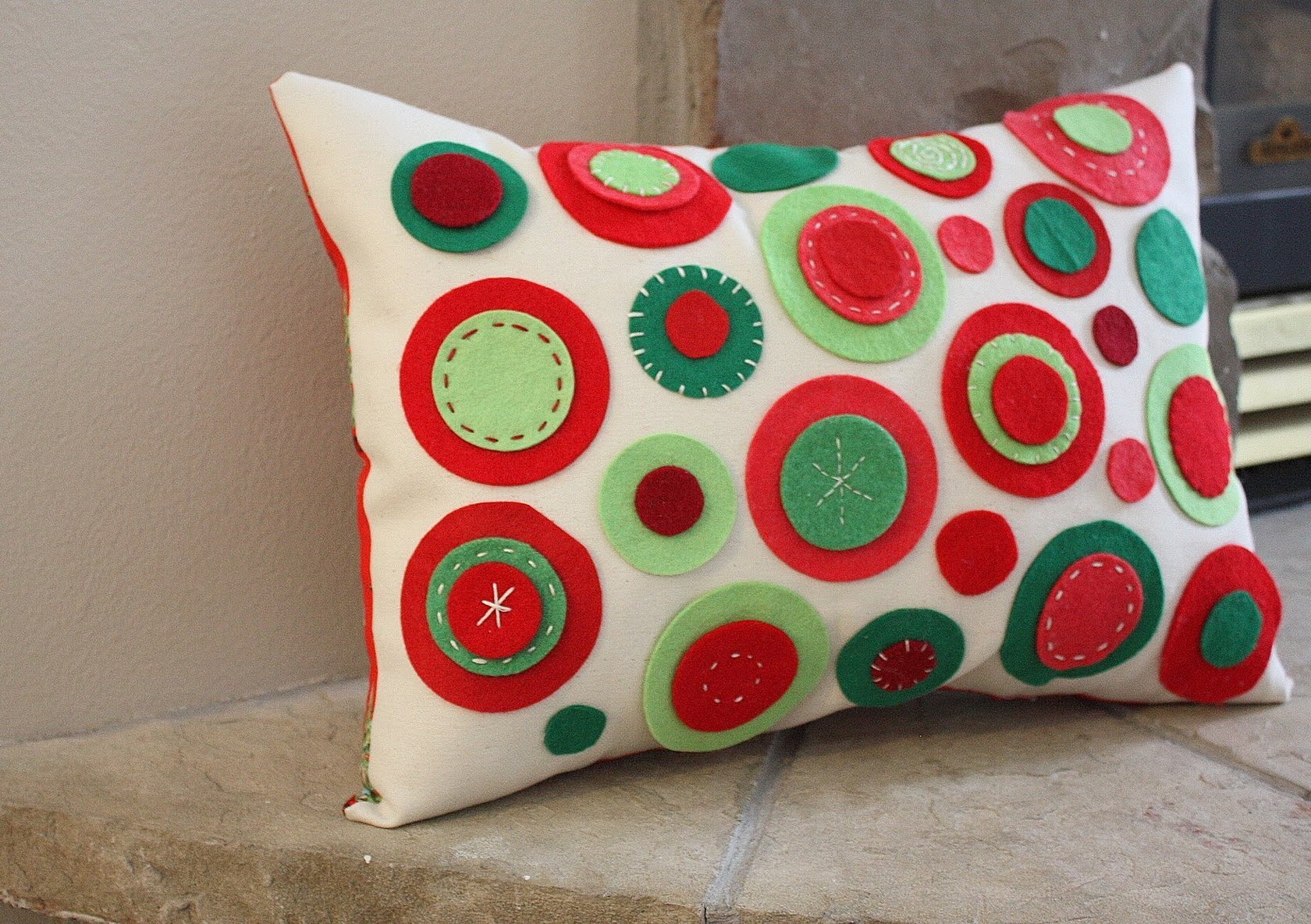
Artificial filler: holofiber and synthetic fluff. These are the most recommended materials that will not lose their elasticity over the years. Cotton wool, synthetic padding, etc., these materials are absolutely not suitable for stuffing decorative pillows, as they tend to quickly clump and cake.
For pillows in a child's room, it is best to use silicone granules; this type of material also does not get wet and is hypoallergenic.
Important! Pillows with artificial filling can be washed in a washing machine without any problems, removing accumulated dust, which is not acceptable with filling made from natural materials.
Necessary items for sewing:
- Scissors;
- Fabric and padding, zipper (for certain types of pillows);
- Sewing machine (can also be sewn by hand);
- Tailor's pins and needles;
- Meter or simple ruler, chalk;
- Threads, a pattern on cardboard or instructions;
- Iron.
Step-by-step master class on sewing pillows
All materials are prepared, tools are collected, you can start sewing the pillow:
- We decide what size and shape the thought will be, for example, a square, 50x50 cm.
- On the unfolded fabric, on the reverse side, you need to draw two 50x50 squares, adding 2-3 cm around the perimeter for the seam.
- Fold the squares with the right sides facing inward, pierce the perimeter with pins so that the fabric does not slip and cut out.
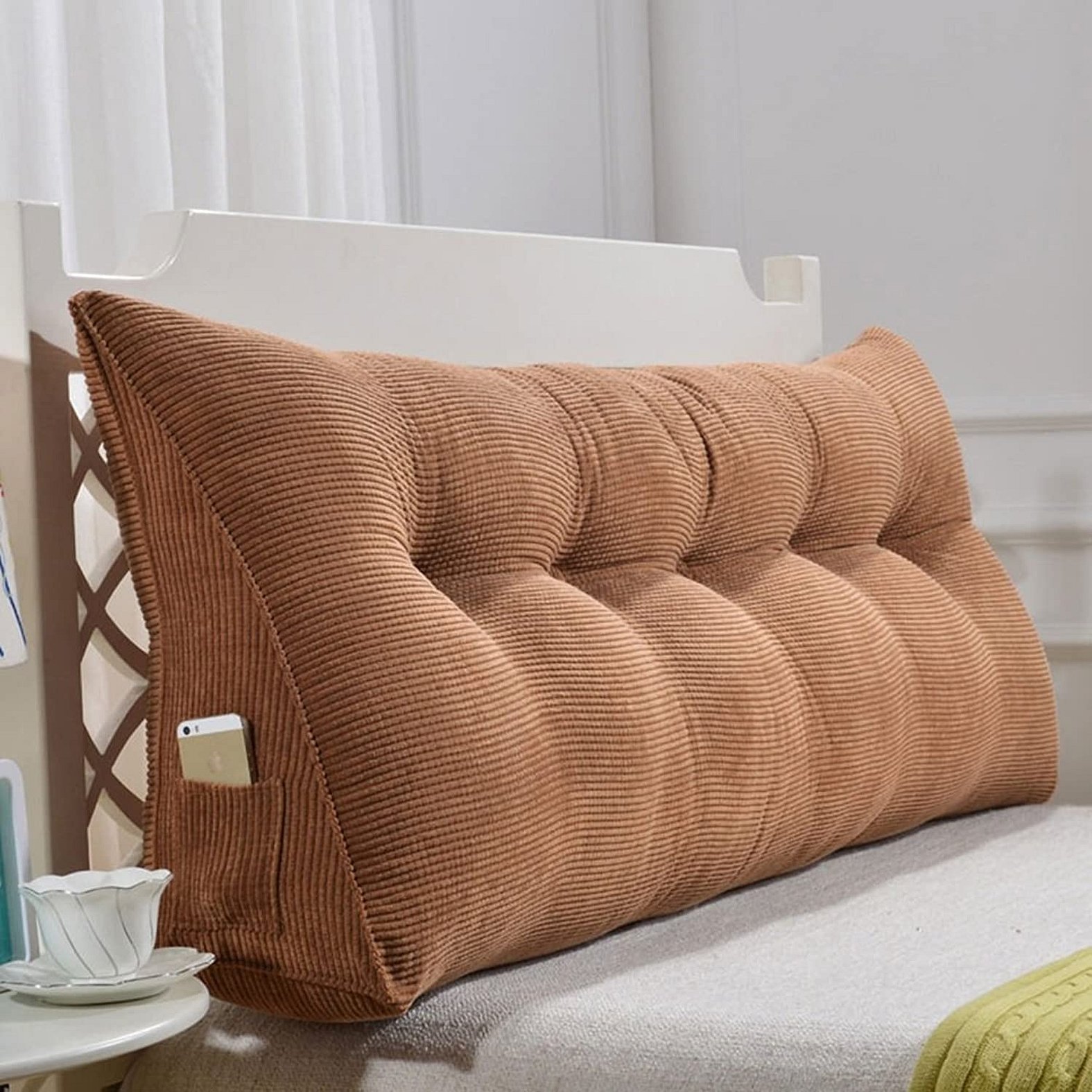
The next step is sewing the prepared parts together:
- You need to start sewing by stitching 3 sides of the cut pieces, without removing the pins so that the fabric does not slip. Retreating those same 2-3 cm that were left in reserve.
- Fold the resulting seams to one side and iron them well, then turn them inside out.
- Fill the resulting pillowcase with the chosen filling and sew the remaining side, folding the seam inward.
Large sofa cushion
Sofa cushions of impressive sizes require good skill and acquired practice during sewing. The sewing algorithm is exactly the same as for standard products, which were described earlier. It is enough to increase the dimensions of the finished pattern to the required parameters. Large sofa cushions can also be made to match furniture, covering with upholstery furniture textiles.
Patterns and diagrams
DIY toy pillow - Owl.
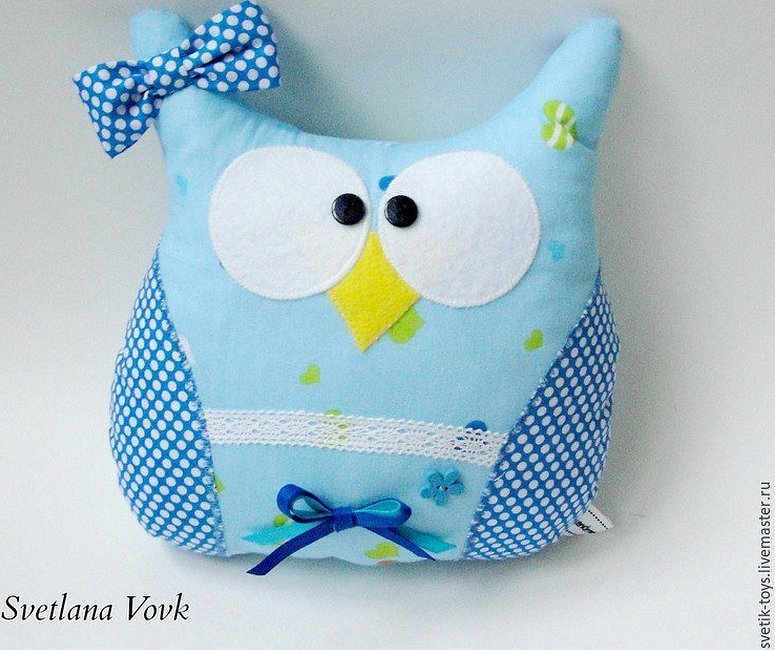
Materials: chalk, thread, fabric, scissors, lace, black buttons, black felt for the beak and eyes, fabric and stuffing.
- All required details from the drawn pattern are cut out on the fabric. Each element must be sewn together, stepping back a few mm from the edge of the product.
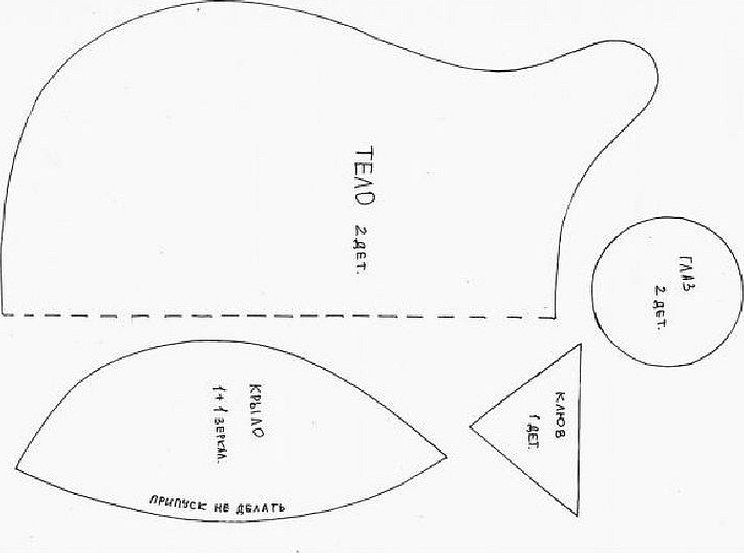
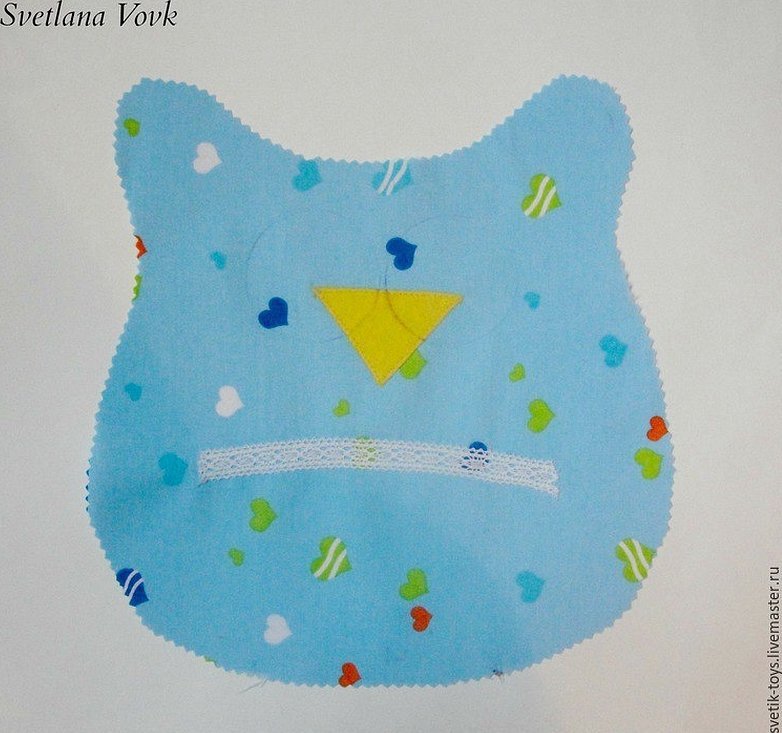
- Afterwards the toy is stuffed with filler.
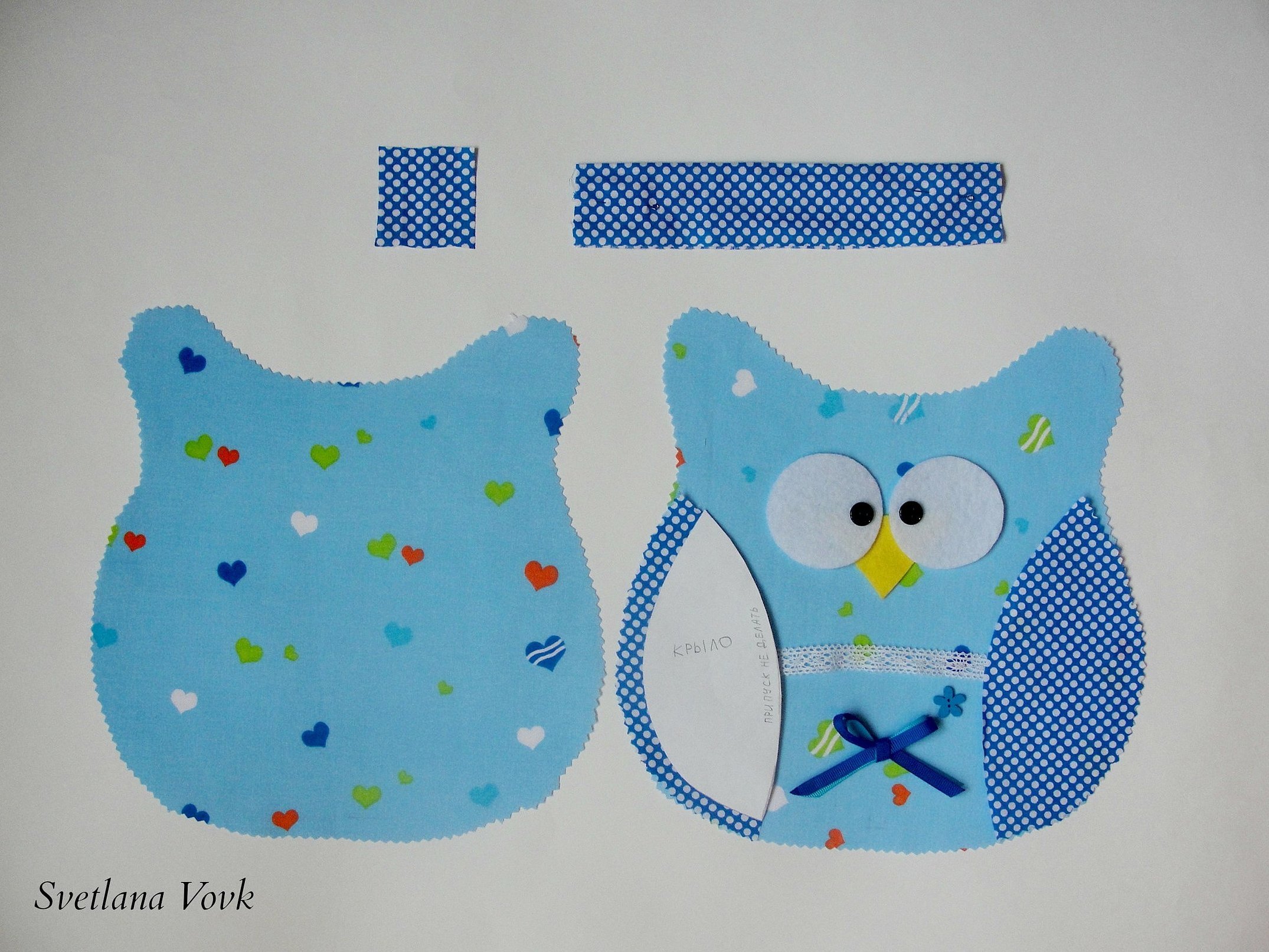

- The final stage is the production of decorative elements.

Pillows in the shape of cats are made in a similar way.
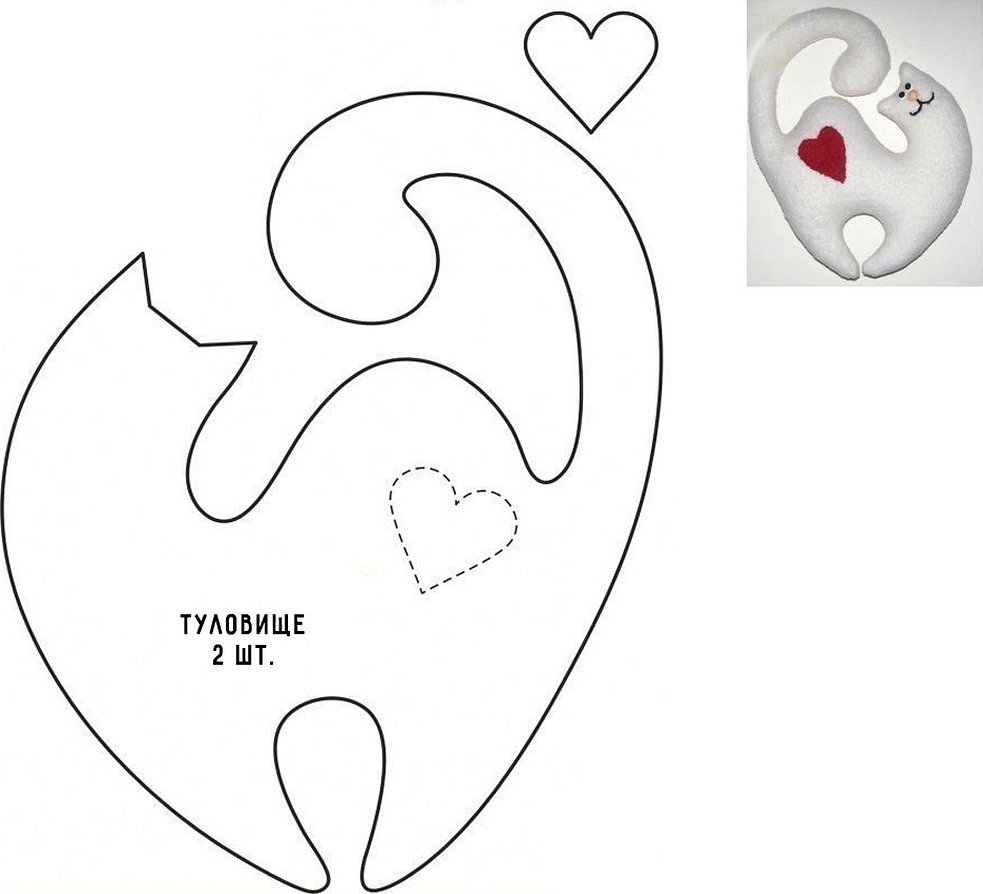
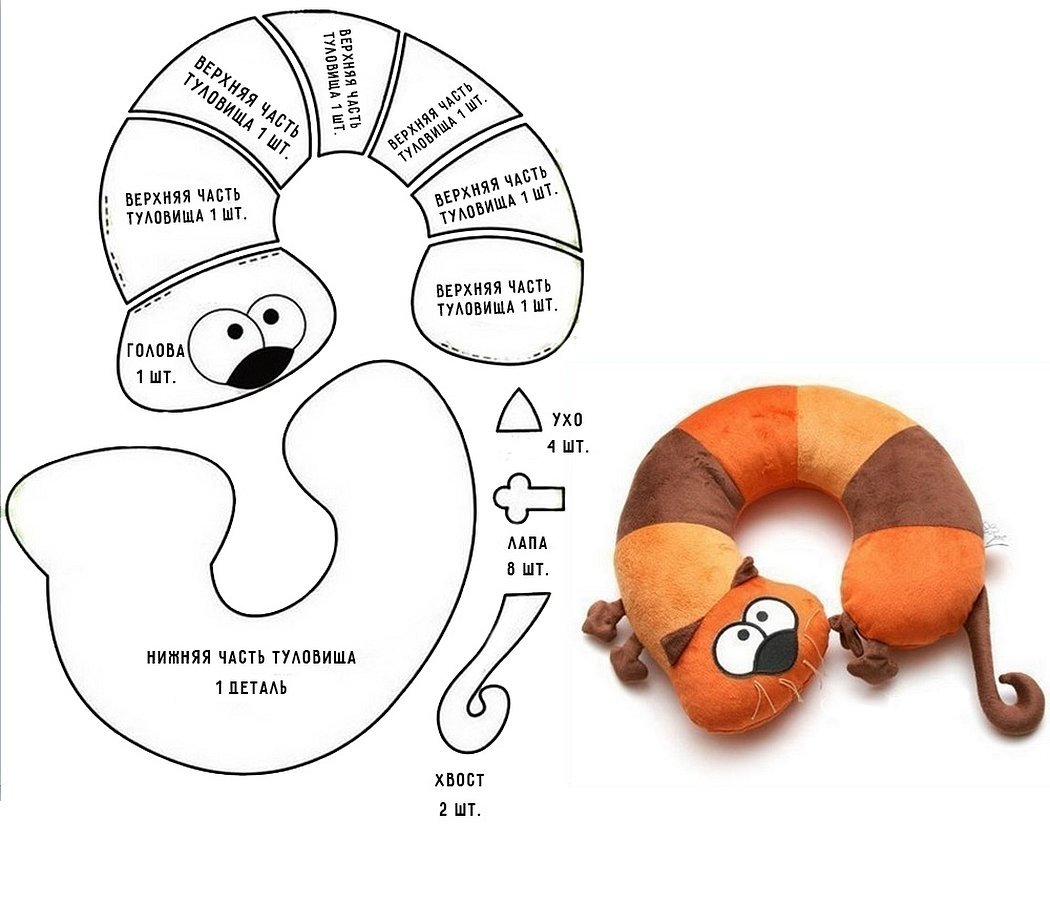
There is also a standard pattern for a rectangular pillow.
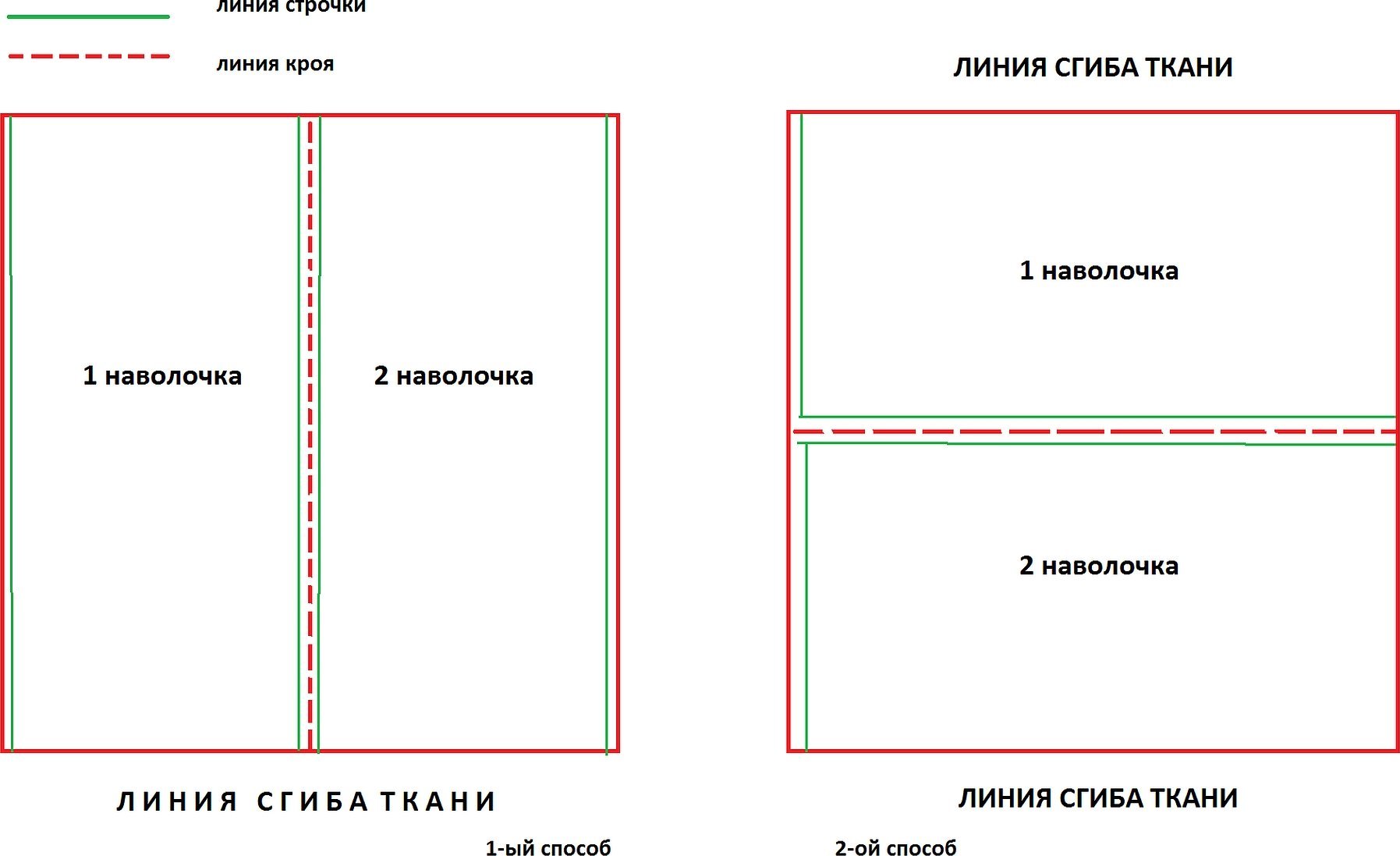
Decor options
To give the product even more individuality, you can add some decorative elements:
- A key element, such as a simple button in the middle or pom-poms on the edges, can perfectly complement the overall picture of the created accessory.
- Relief design - puffs, fringe, flowers, bows.
- Photo printing or simple applique.
- Lace trim, embroidery, or a knitted pillowcase can give it an elegant and expensive look.
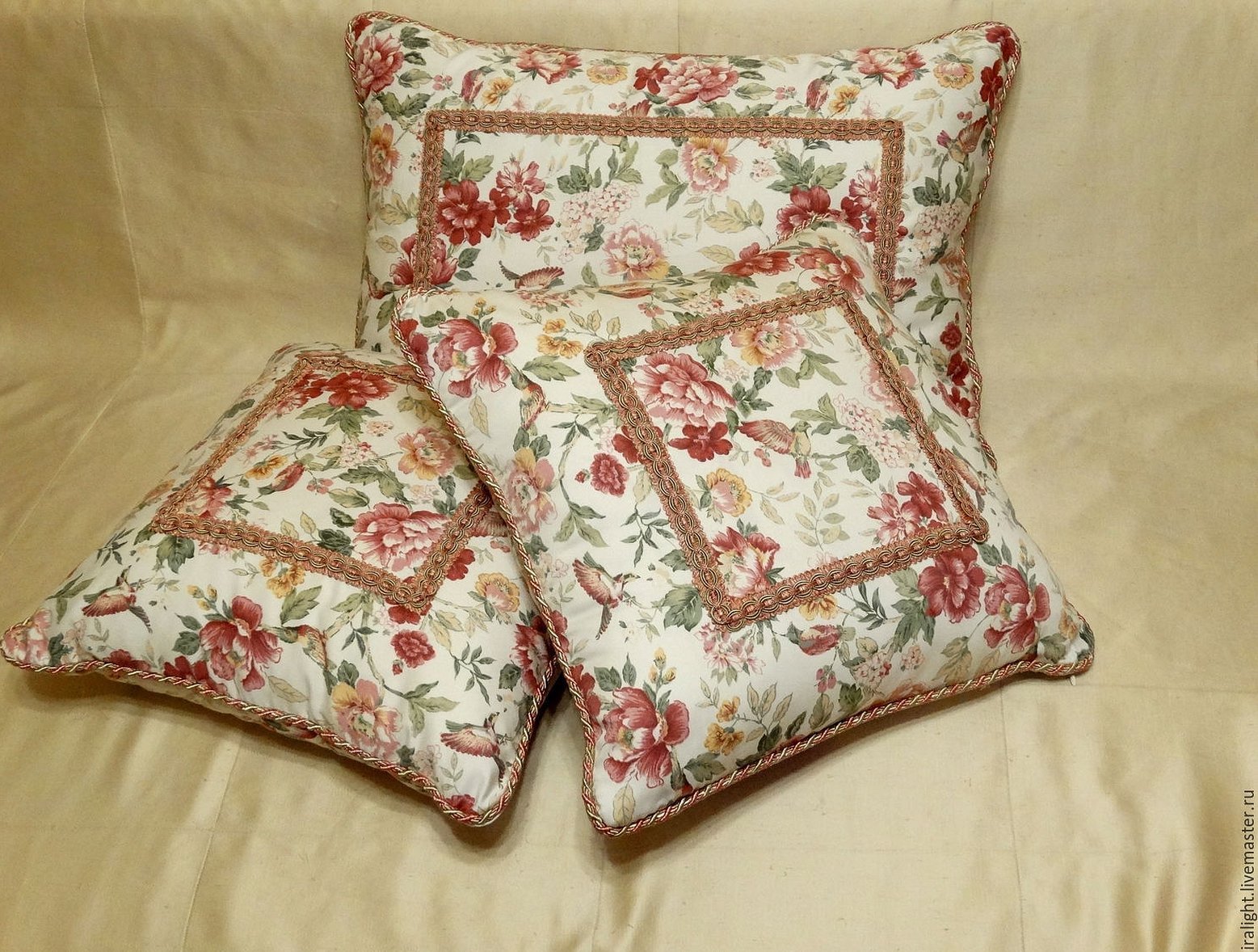
The right choice of fabric, padding and color scheme is the key to a good final result. Any novice seamstress will easily cope with the task if all the conditions specified in the diagrams are met. The remainder of the fabric pieces can be used for subsequent sewing of patchwork-style dumkas. The garden interior can also be decorated with soft accessories, laying them out on a hammock or swing, their appearance will create coziness and comfort in the space.




